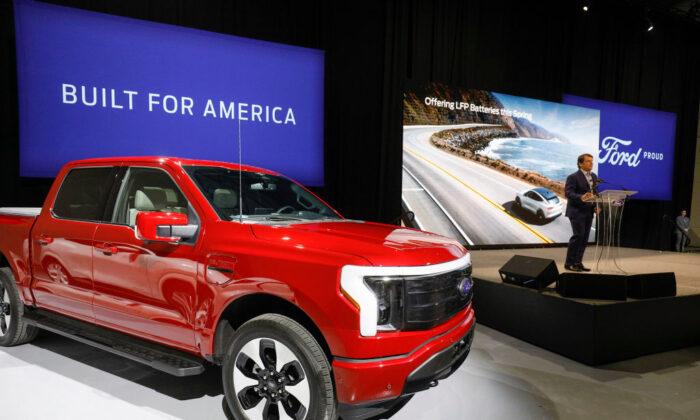Auto loan fraud surged more than 16 percent to $9.2 billion last year, driven by “an array of misrepresentations,” according to a new report.
Point Predictive, an artificial intelligence (AI) solutions provider for consumer lending, assessed a treasure trove of data for lenders and dealers. This included 256 million historical applications, 300 million reported incomes in submitted applications, and billions in reported fraud and default.
Researchers determined that misrepresentations were a substantial source of fraud.
The study findings, titled the “2025 Auto Lending Fraud Trends Report,” show that borrowers inflating their income and misrepresenting their employment account for 42 percent, or $3.9 billion, of the total fraud risk.
Borrowers are also using credit washing techniques—a tactic that involves falsely claiming to be victims of identity theft to remove negatives from credit reports—and creating synthetic identities that combine real and fake information. These measures represented 27 percent of the committed fraud, or $2.5 billion worth.
Despite accounting for most of the fraud risk, “these patterns often go undetected,” McKenna said.
Fraudsters favored European luxury cars, with Mercedes-Benz at the top of the list, followed by Maserati, Audi, Land Rover, and BMW.
It’s the Economy
Macroeconomic factors such as inflation and interest rates appear to be driving these industry trends.“This financial pressure creates perfect conditions for first-party fraud growth across the auto lending landscape,” the report stated.
“Auto loan expenses did decrease slightly thanks to lower used car prices and longer loan terms. But this slight relief was quickly overshadowed by high interest rates and inflation in other essential spending categories. ”
The industry, the report concluded, is facing multiple headwinds.
Over the past 24 months, the firm’s Early Payment Default Risk Index—a gauge of loans that borrowers have stopped paying within the first six months—has swelled by 25 percent. This can be a solid indicator of significant misrepresentation on applications or evidence of fraud.
Additionally, systematic dealer risk—inflating vehicle values and relying on fake employment for borrowers—has raised lenders’ default risk for those dealers.

Cox Automotive data suggest that new auto loan rates sit below 10 percent.
Artificial Intelligence Playing a Factor
The report noted that new threats powered by artificial intelligence are emerging.Researchers discovered a more than 600 percent increase in criminal Telegram channels discussing AI and deepfakes for fraudulent purposes. The messages concentrated on circumventing identity checks to bypass controls created by lenders, banks, and credit unions.
These schemes include AI-generated counterfeit identification documents, AI-supported impersonation scams, and fake identity generators. AI is also being utilized at scale to accelerate the malicious practice of credit washing.
“This includes generating realistic handwritten letters that seem to be written by real people, as well as using AI to accelerate the processing of identity theft reports,” the report stated. “As a result, auto lenders will likely encounter a rise in these new AI-driven schemes.”
By 2027, generative AI-fueled fraud losses could reach $40 billion, the organization estimated.
Amid the prevalence of AI-related fraud, a 2024 report stated that financial institutions are using the technology to boost their fraud detection tools.







